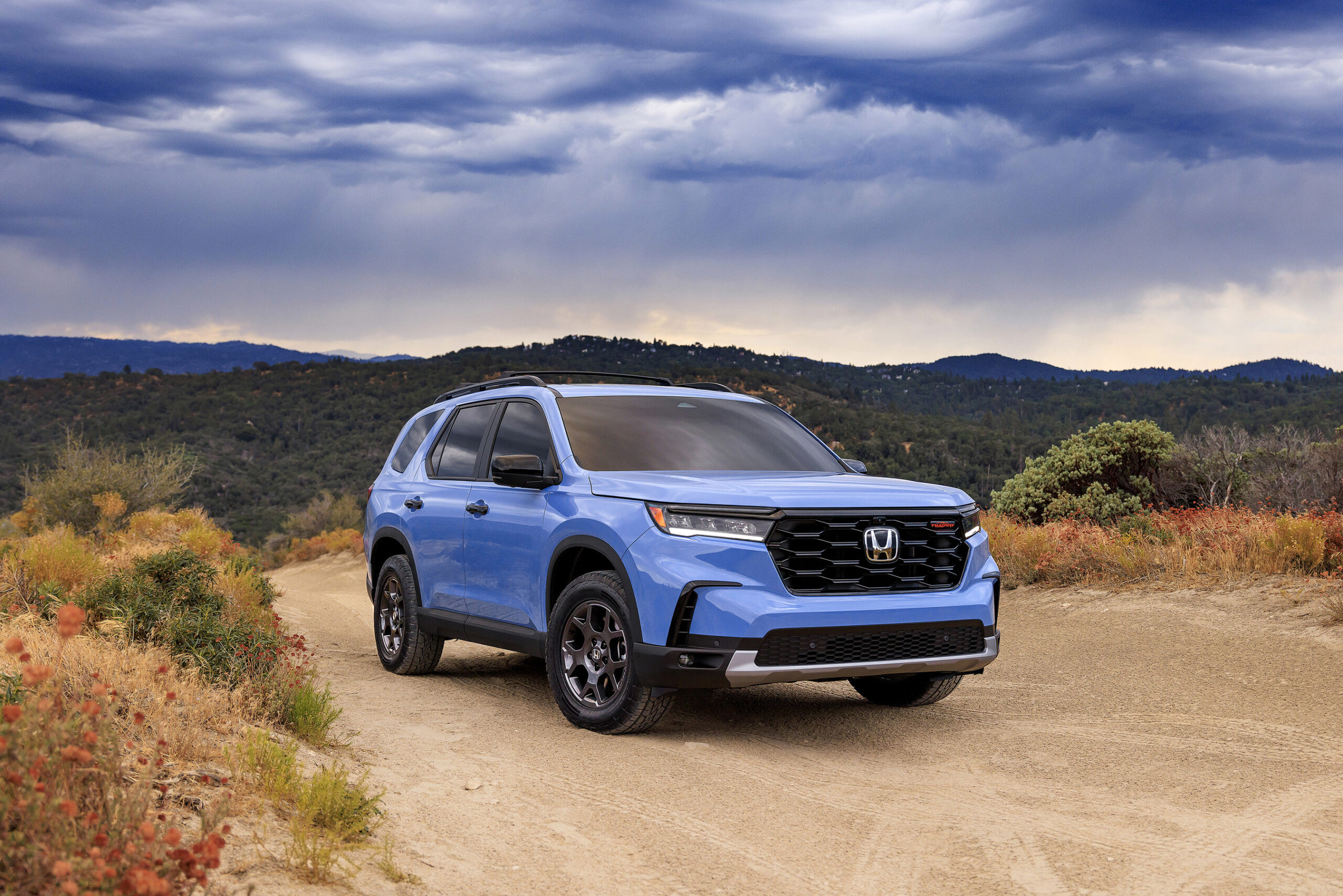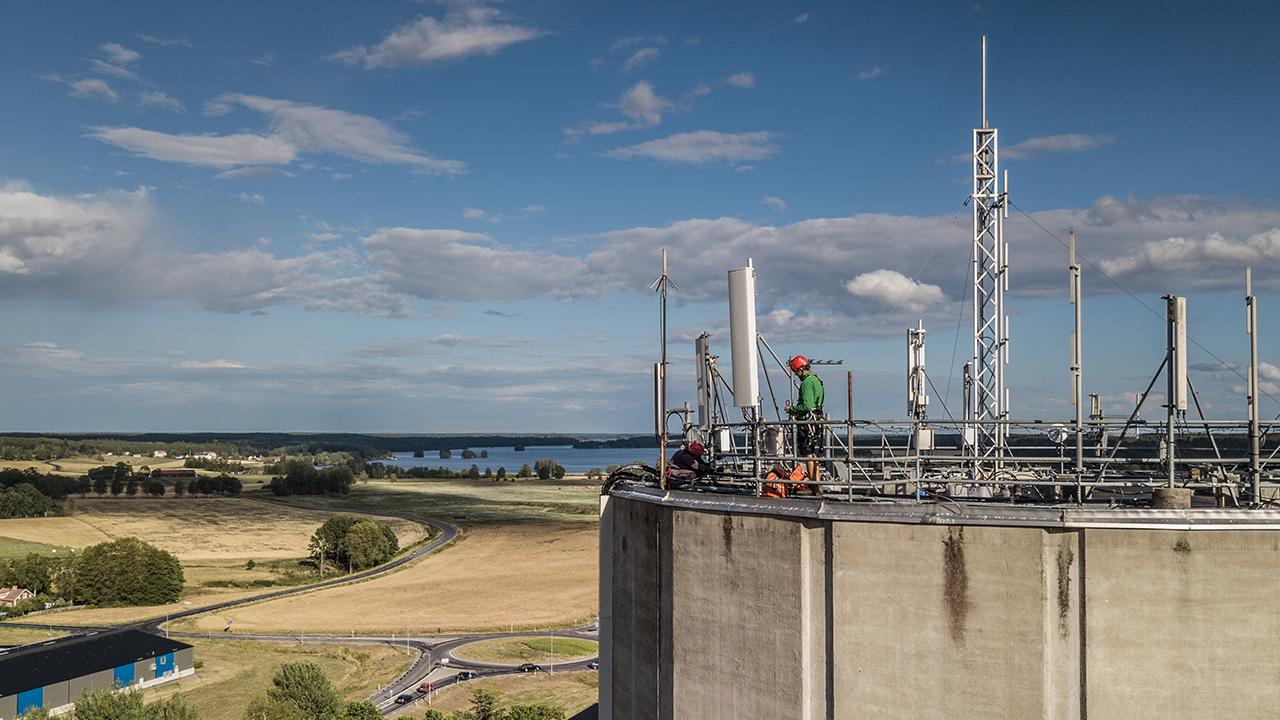How Micro Transport Is Changing Urban Travel

Anyone who lives in a large city and owns a car knows what a hassle, not to mention an expense, it can be. Alternative modes of transport, like electric bikes and scooters, become more attractive every day. Learn more about how micro transport is changing urban travel.
First, What Is Micro Transport?
Micro transport, or micromobility, refers to lightweight, single-rider vehicles that provide transportation over short distances and can operate alongside bicycles. These include bikes, scooters, or even skateboards intended for road use, known as “longboards.” While rental companies are responsible for maintaining the bikes or scooters they provide, private owners must perform their own bike, scooter, or longboard maintenance.
A broader definition of micro transport includes private bus and van services, but low-income, disabled, or more remote neighborhoods might not have access to them. Public-private partnerships that provide on-demand bus service can address the “first mile, last mile” problem by getting people from their homes to public transportation hubs, which reduces the number of cars on the streets while increasing public transportation ridership and therefore revenue.
How Micro Transport Changes City Streets and Operations
Visitors to many of the world’s big cities have noticed how micro transport is changing urban travel. These include:
More bike lanes: Bike rental systems required changes to city streets, primarily in the form of more bike lanes. Many cities significantly increased the total mileage of bike lanes and paths and increased the number of streets where two-wheeled vehicles are welcome and cars are banned.
After pandemic lockdowns, users may see open-air e-bikes and scooters as safer than enclosed, crowded buses or trains: there’s a lower risk of airborne infection from a single-rider vehicle. Providers can address sanitation concerns with something as simple as providing antimicrobial wipes (and bins to dispose of them in) like grocery stores do for their multi-user carts.
Docking, Charging, and Storage: E-bikes and motor-assisted scooters need charging stations. They also need defined areas for storage and “parking.” When caught off guard by the sudden proliferation of scooters, cities and college campuses have had to resort to confiscating scooters abandoned on sidewalks.
Privacy Concerns
Micromobility services like bike and scooter share services run on data: users can locate and pay for a bike or scooter rental with an app, which collects personal and trip data that can be tremendously useful to public entities. But the collection and use of this data also raises privacy and data security issues.
While private micromobility providers and cities (starting with Los Angeles) joined together to use the Mobility Data Specification (MDS) standard for data sharing, on-demand ride services like Uber oppose it, calling it “rider surveillance. “ The issue will continue to be contentious until city governments can assure riders that their privacy is protected and data is anonymized.
One thing not in dispute is that micromobility can improve the overall quality of urban life. Micro transport reduces congestion and gets enough private cars off the streets to improve quality.





